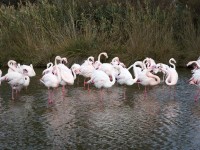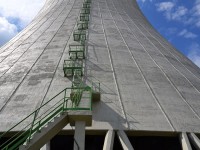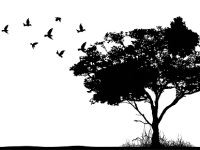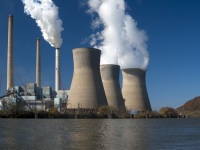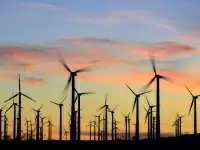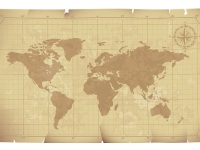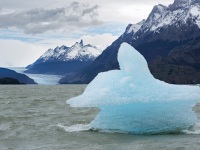Humans have invented a variety of instruments to monitor the health of ecosystems. For example, to examine water quality in a wetland, an environmental scientist may use a sensor to measure dissolved oxygen in the water or perform chemical assays in the lab to examine heavy metals in the soil. However, in some cases we…
Read more
Birds as Environmental Indicators
